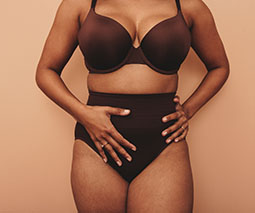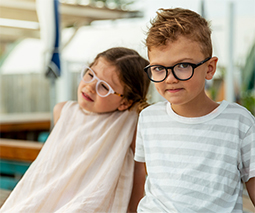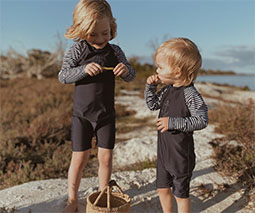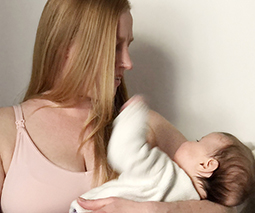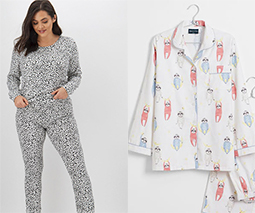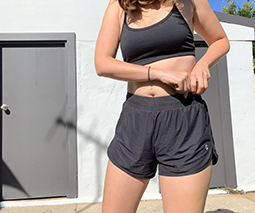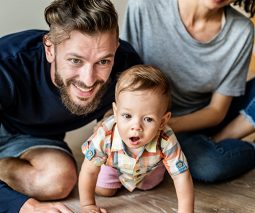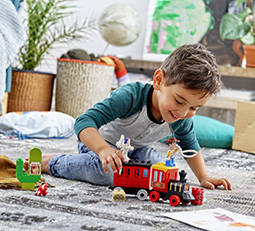10 effective ways you can beat hair loss after childbirth
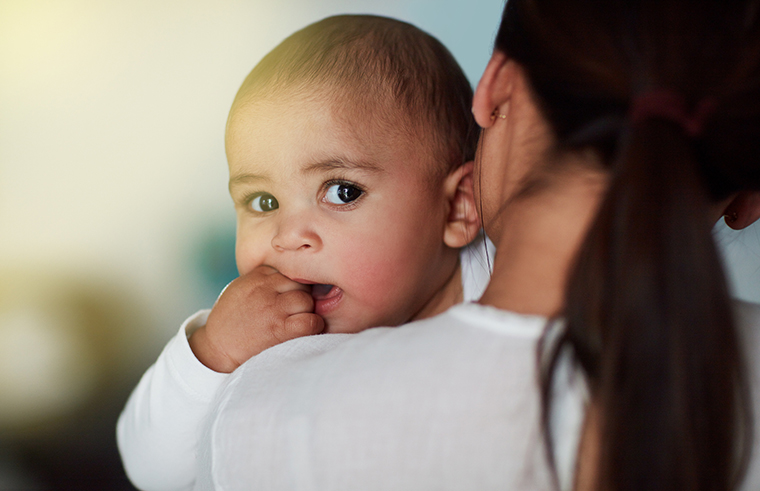
When you have your baby, you’re generally happy that all the discomfort associated with pregnancy is over, and you can finally settle in to care for your little one.
Until you get this rude awakening a couple of months later when your hair starts falling out!
Suddenly you start to find strands of your hair on the pillow, in the shower, and in your hairbrush. It’s everywhere.
And because every woman loves her hair because it complements her beauty, when it starts to shed like this, it can be very confronting and not a pleasant experience.
What causes postpartum hair loss?
Postpartum hair loss is usually caused by hormonal changes that occur in the body after childbirth.
Human hair growth has three phases – the first phase is called the anagen phase. The anagen phase is the growth phase and lasts for two to six years.
The second phase is the catagen phase, a short transition stage where the hair detaches from its blood supply.
Finally, there is the telogen phase, when the hair is released and the follicle rests before the beginning of another anagen phase.
Any hair that remains in the follicles at the end of the anagen phase is usually pushed out when a new growth phase begins.
During pregnancy, your body produces hormones that stimulate the hair growth phase. The antenatal vitamins you take also triggers the anagen phase, and that’s why your hair usually grows thicker and longer during pregnancy.
After the birth of your baby, your body starts returning to normal, and there will be some hormonal changes too. The hormonal changes trigger the onset of the resting phase, and since you have more hair than usual due to the pregnancy hair bloom, most of the hair you grew during pregnancy starts falling out.
Postpartum hair loss usually starts within the first three months after childbirth and can last for up to six months. Naturally, a new hair growth phase starts within six to 12 months after childbirth, after which your hair stops shedding naturally.
But while you wait for a new growth phase to begin, there are a few things that you can do to reduce the rate of hair loss and protect your hair from shedding after childbirth.
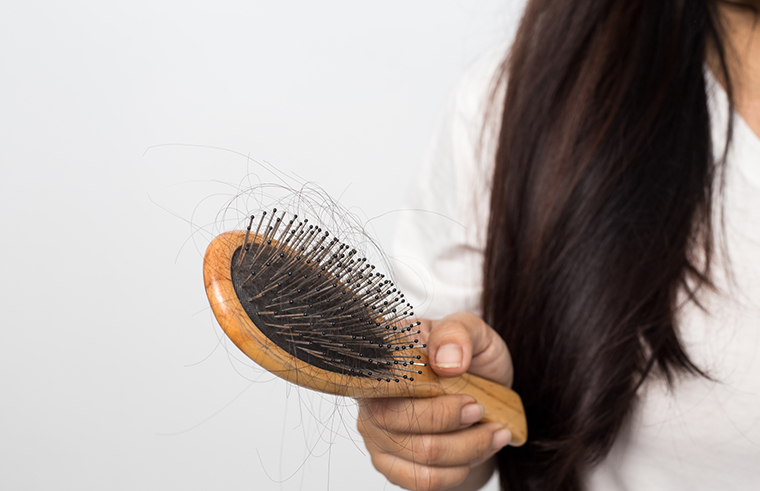
1. Use hair loss prevention shampoos and conditioners
After birth, your hair is extra sensitive during this period, but the right hair products can help strengthen your hair and make it less fragile and susceptible to breakage.
Look out for organic products that contain ketoconazole, pumpkin seed oil, biotin, niacin, and pyrithione zinc.
These are all-natural ingredients that help prevent the secretion of hormones that promote hair loss. They also aid the interruption of your hair shedding phase and trigger the quick onset of another hair growth phase.
2. Use a hairbrush that’s easy on your hair
It’s important to be extra gentle with your hair during this period. Don’t use a comb or hairbrush that will pull out your hair. Instead, use a wide-toothed comb, along with detangling conditioner to minimise breakage from tangling when combing your hair.
3. Massage your scalp with essential oil
Essential oils like pumpkin seed oil and vitamin E oil are very helpful for preventing hair loss.
The pumpkin seed oil contains phytosterols (plant cholesterols) that when massaged into the scalp, can help aid hair loss prevention.
Vitamin E oil, on the other hand, has lots of antioxidant properties that prevent follicle damage.
Although pumpkin seed oil and vitamin E are available as supplements, it’s best to massage your scalp with the oils because the massage helps to promote blood flow to the scalp, thus preventing hair loss or follicle damage in the process.
4. Use multivitamin supplements
When your body lacks some essential vitamins and nutrients, your hair can become brittle and more prone to damage.
Some of the essential vitamins and minerals that your body requires for healthy hair growth and maintenance include zinc, iron, vitamin B complex, and magnesium.
Most of the multivitamins you take during pregnancy contain these vitamins, and that’s part of why your hair grows long and thick during pregnancy. So, if you continue taking your antenatal supplements after childbirth, it can go a long way to preventing postpartum hair loss.
5. Avoid heat and chemicals
Applying heat or products with chemicals to your hair can further weaken it and cause more hair loss, so it’s best to go for hairstyles that don’t require any heat or chemical application in the early months of parenthood.
6. Use a professional hair stylist
The hair stylist you use after pregnancy matters also. Scores of stylists are unaware of postpartum hair sensitivity and might treat your hair the same as other women, putting your postpartum hair at serious risk.
It’s best to visit hair stylists that are experts at styling postpartum hair. They know the kind of products and styles that are right for your hair and the ones to avoid.
7. Wear protective styles
Protect your hair as much as you can during this period. Avoid styles that expose your hair to weather elements like sun or cold. Avoid styles that require excessive hair pulling too.
8. Eat healthy vitamin-rich meals
What you eat is just as important as what you apply to your hair. Don’t forget that the nutrients your hair needs to grow ultimately come from within you. So make sure you eat foods that are rich in essential vitamins and minerals, especially zinc, iron, vitamin B complex, and magnesium.
When you combine healthy eating with taking antenatal vitamins, the chances of your hair shedding after pregnancy become minimal.
9. Use avocado hair masks
Avocado contains phytosterols. When used as a hair mask, avocado helps to strengthen the roots and edges of your hair, making your hair less likely to break.
You can make your own avocado hair mask at home – just mash the pulp of one avocado, apply it all over your hair and scalp, and cover your hair for at least one hour before rinsing.
Repeat once every three days until the shedding phase ends.
Even if your hair sheds, the avocado mask tends to reduce the rate of shedding and makes your hair look shiny and healthy.
10. Take a breath
Let your hair breathe. You’re not going bald – what’s happening to your hair is normal, and a temporary process that will be over in no time. But fussing over your hair and applying too many synthetic products can make the situation worse.
Just eat well, use good, natural hair care products, and visit a professional stylist who understands how to care for postpartum hair – and your hair will be back to its bouncy, full and healthy state in no time.
Sarah Pelham is the Beauty & Wellness Expert for Bookwell.com.au, an online platform for instant bookings for hair, nails, beauty & massage appointments.
